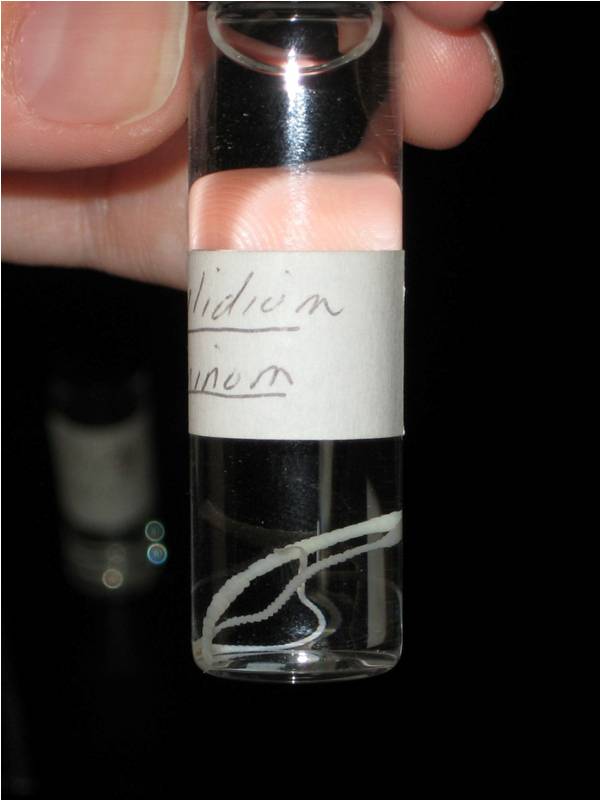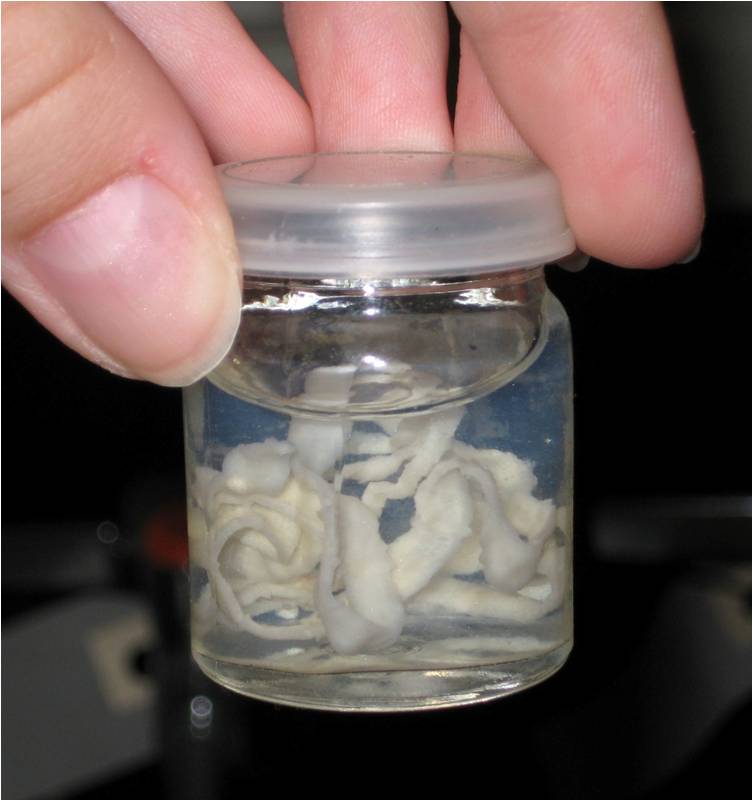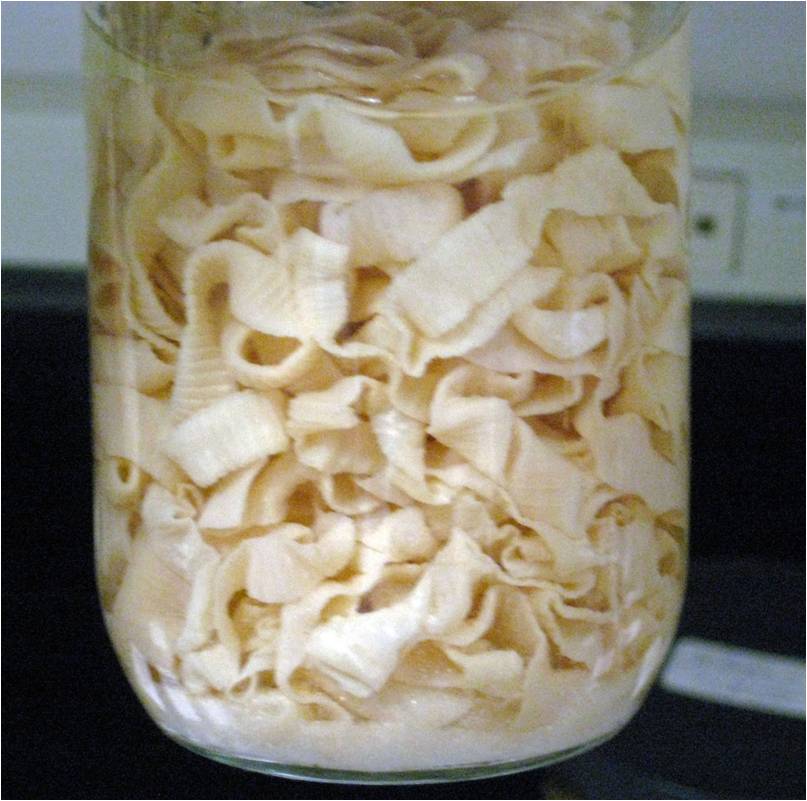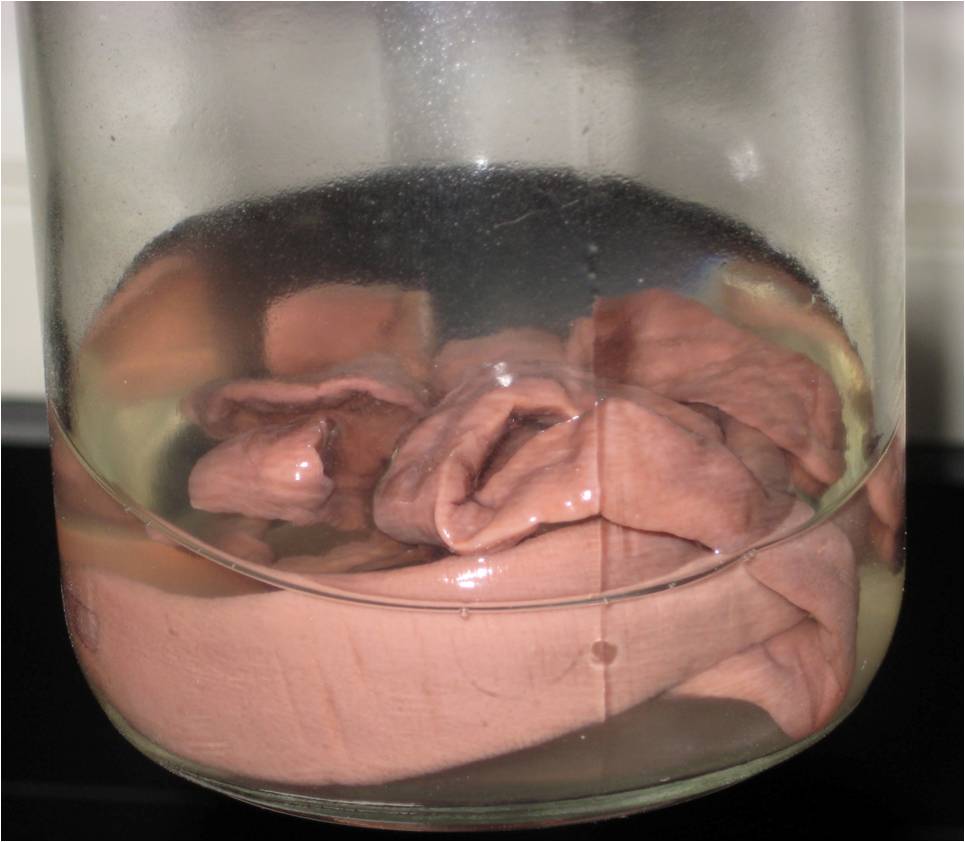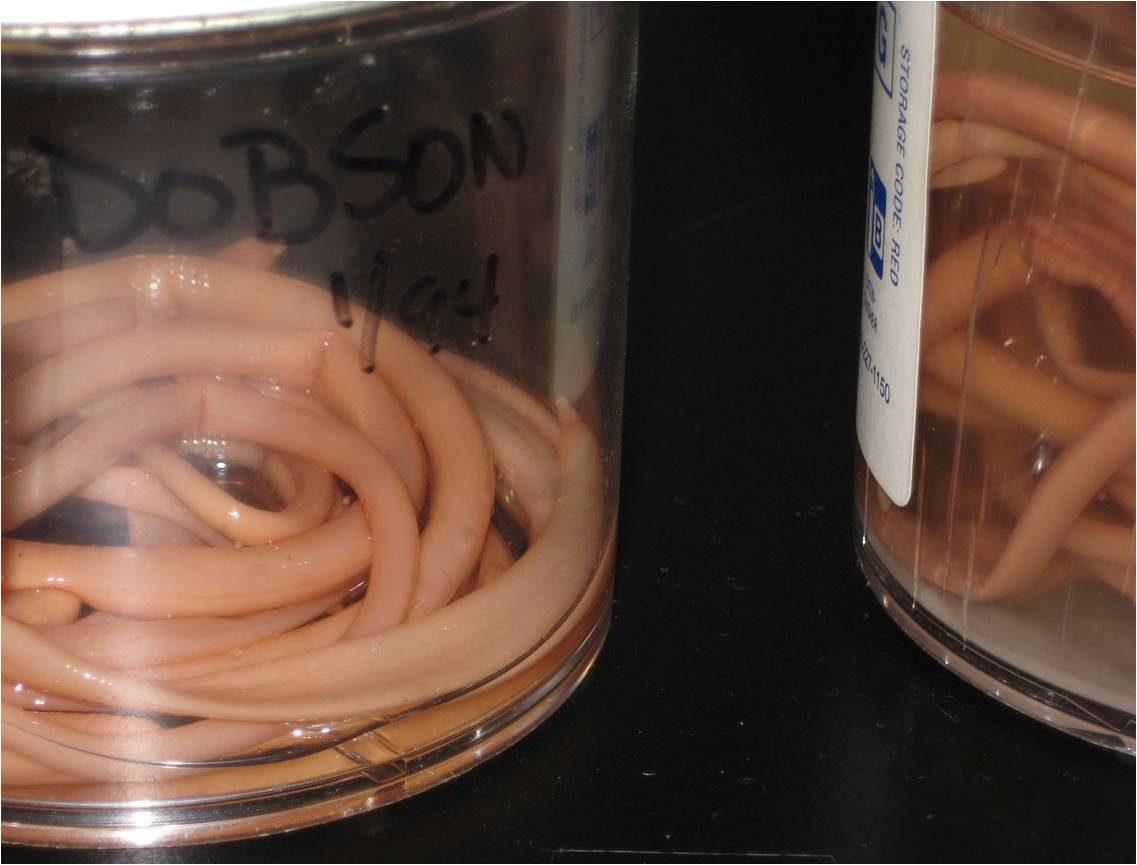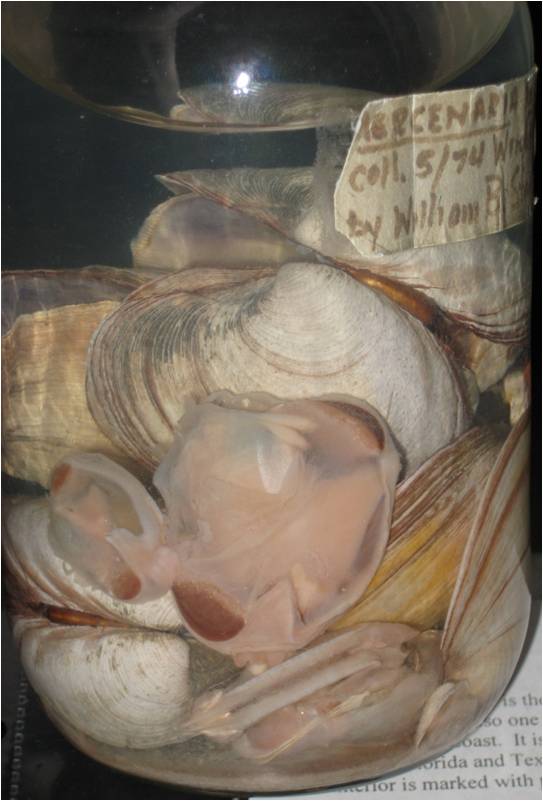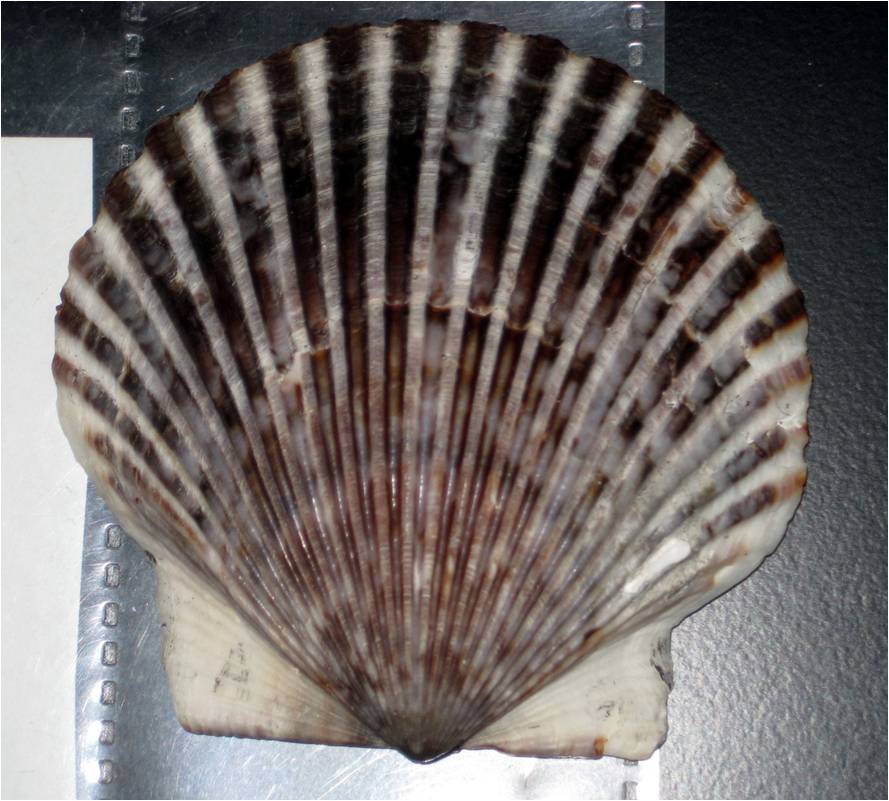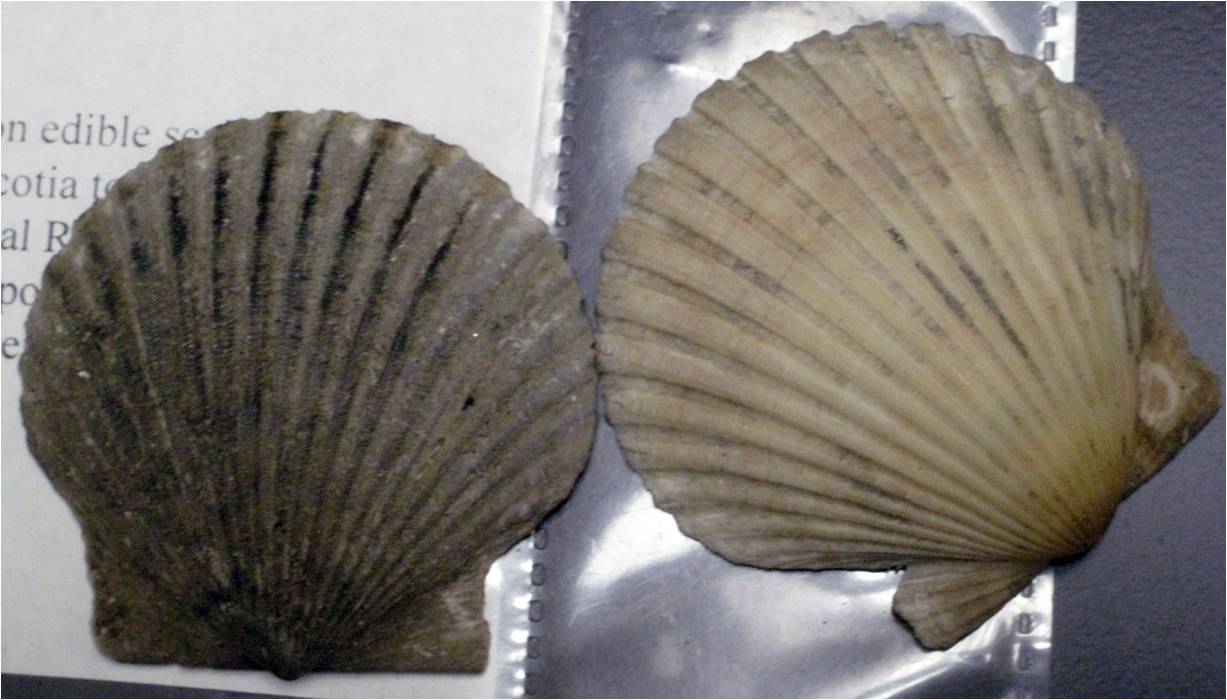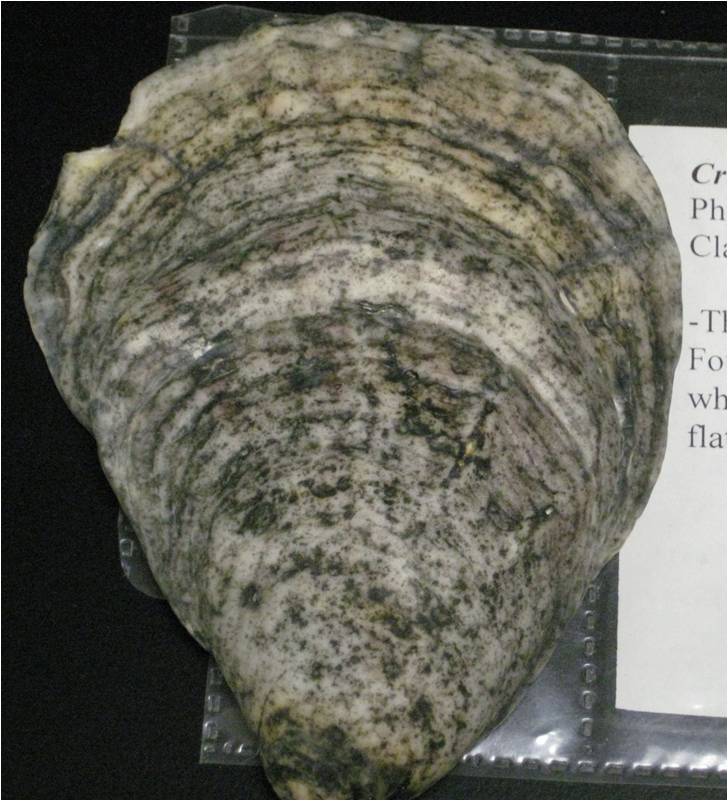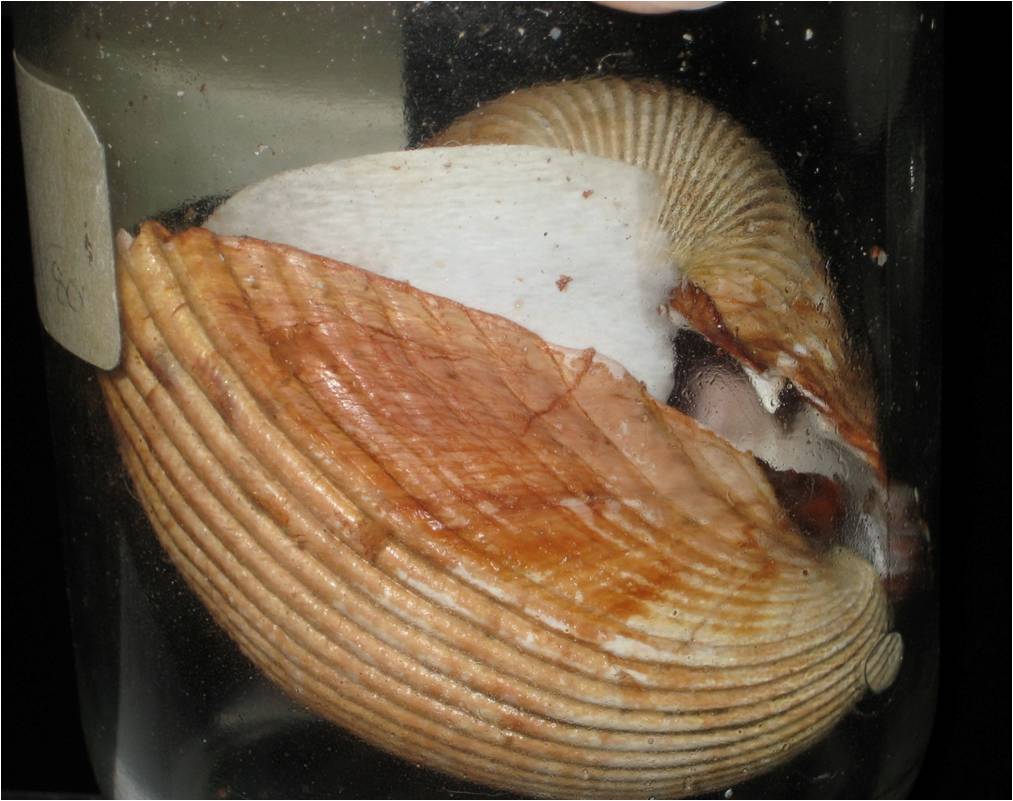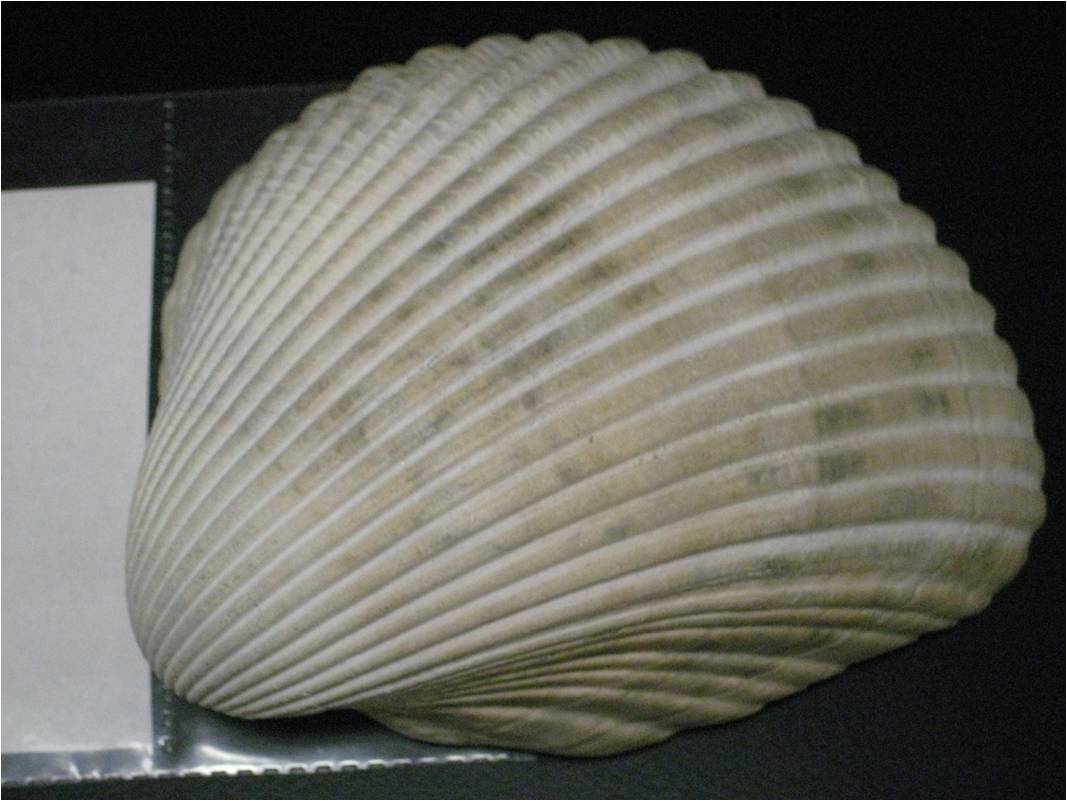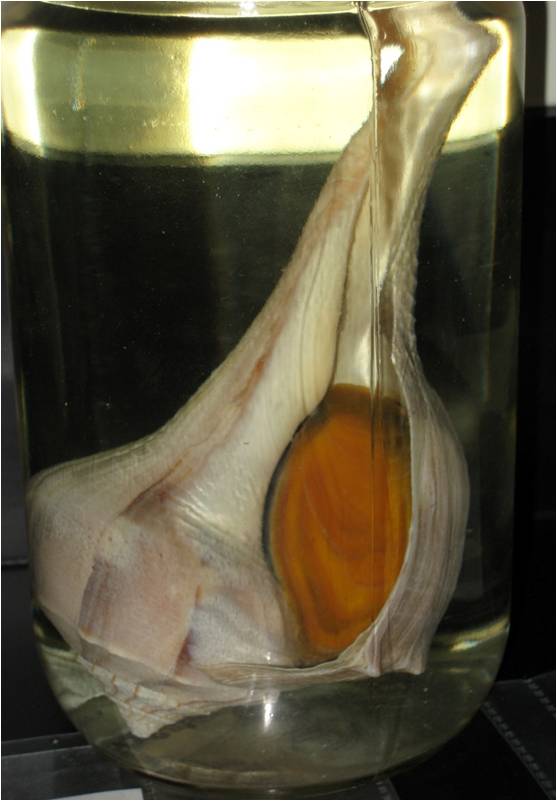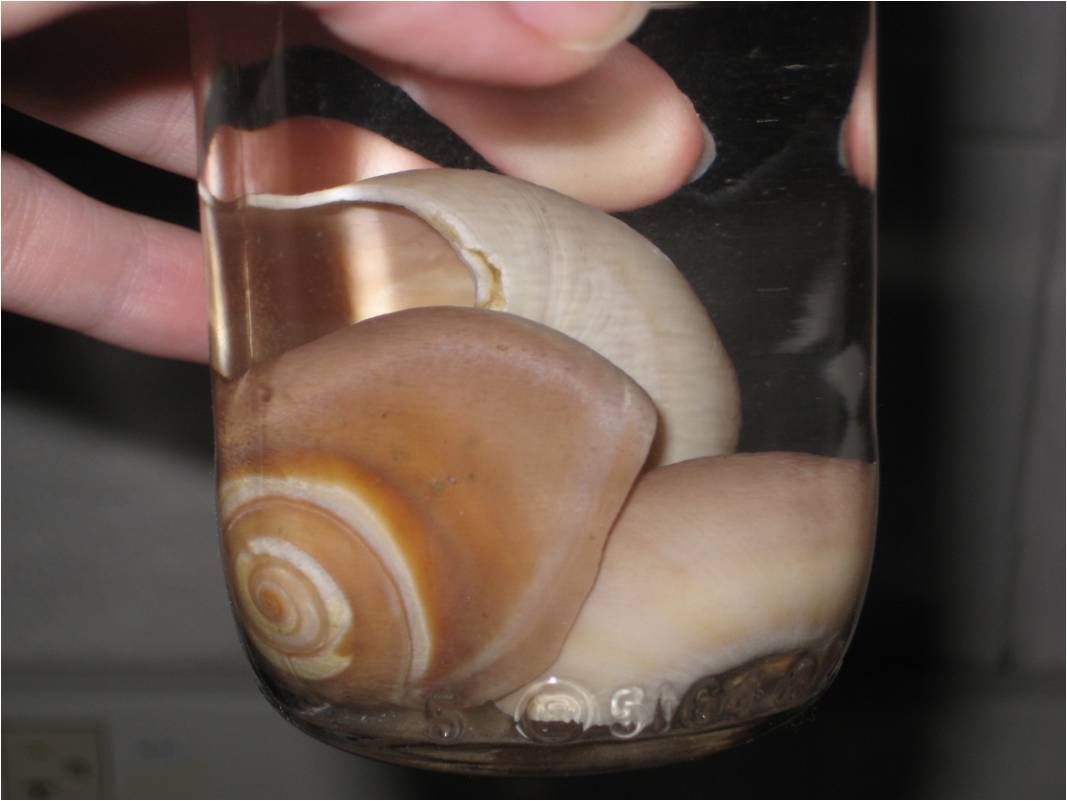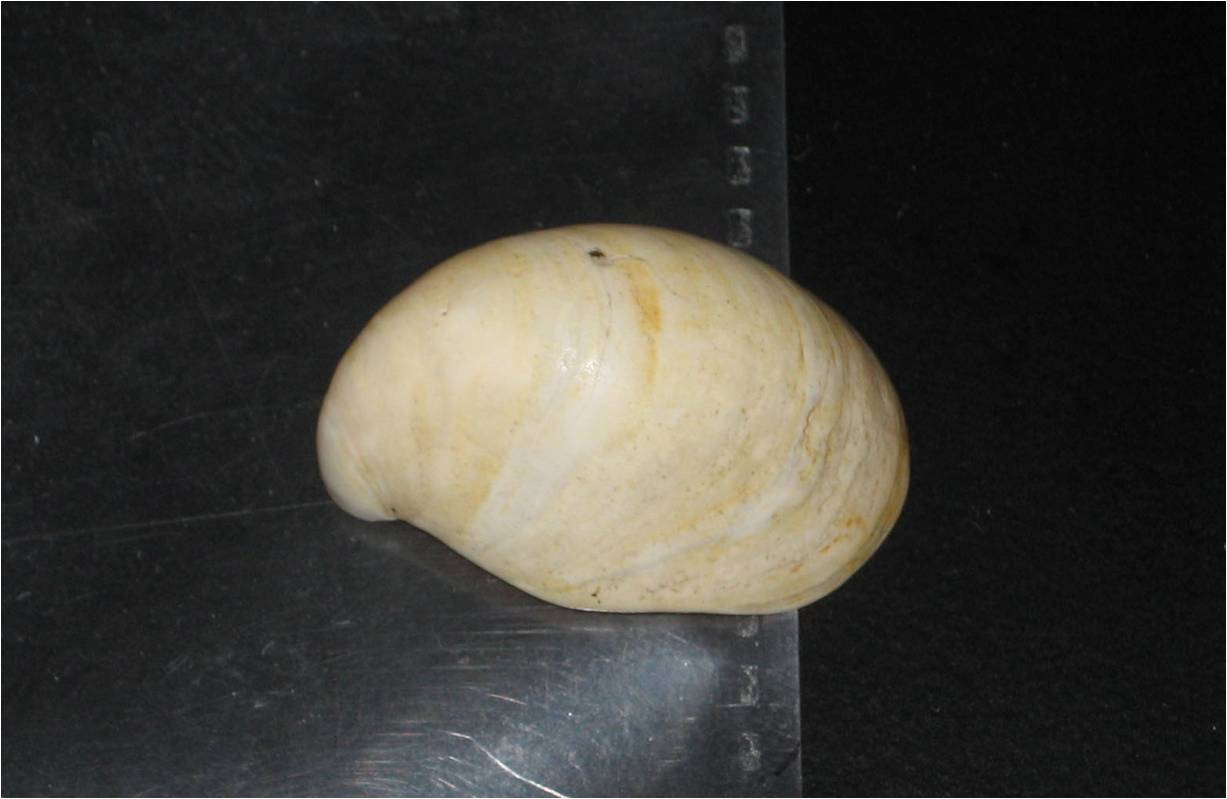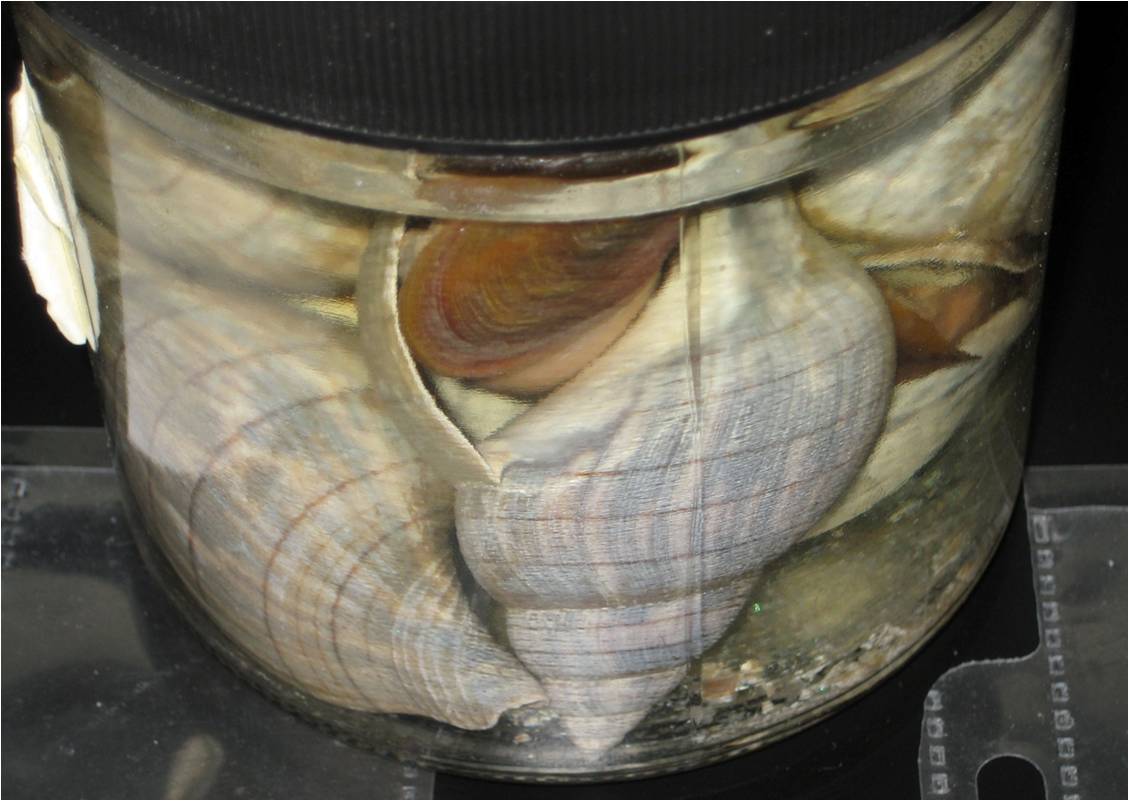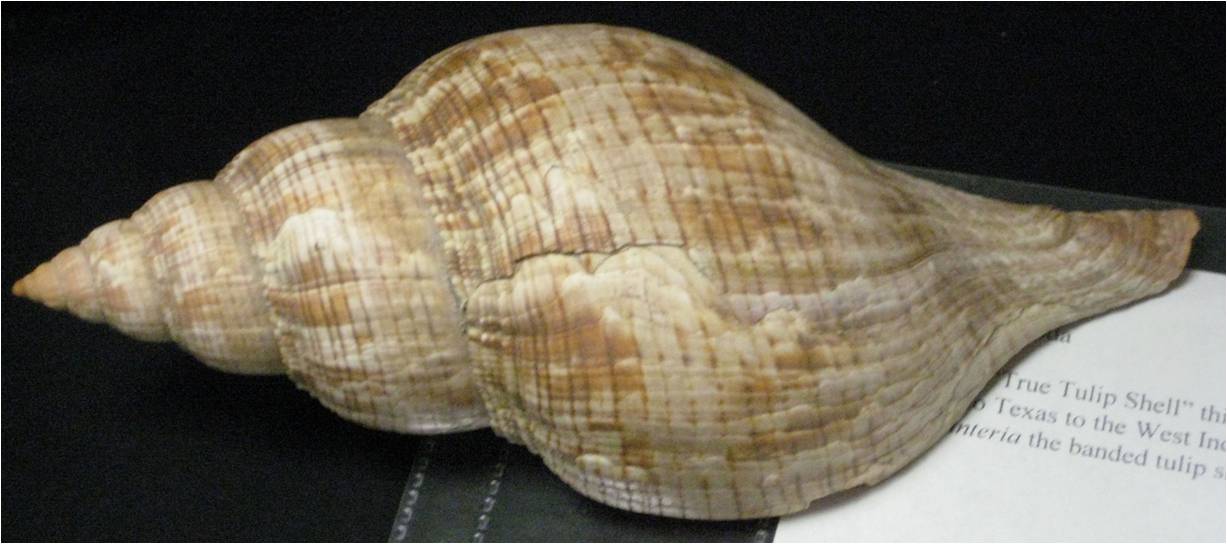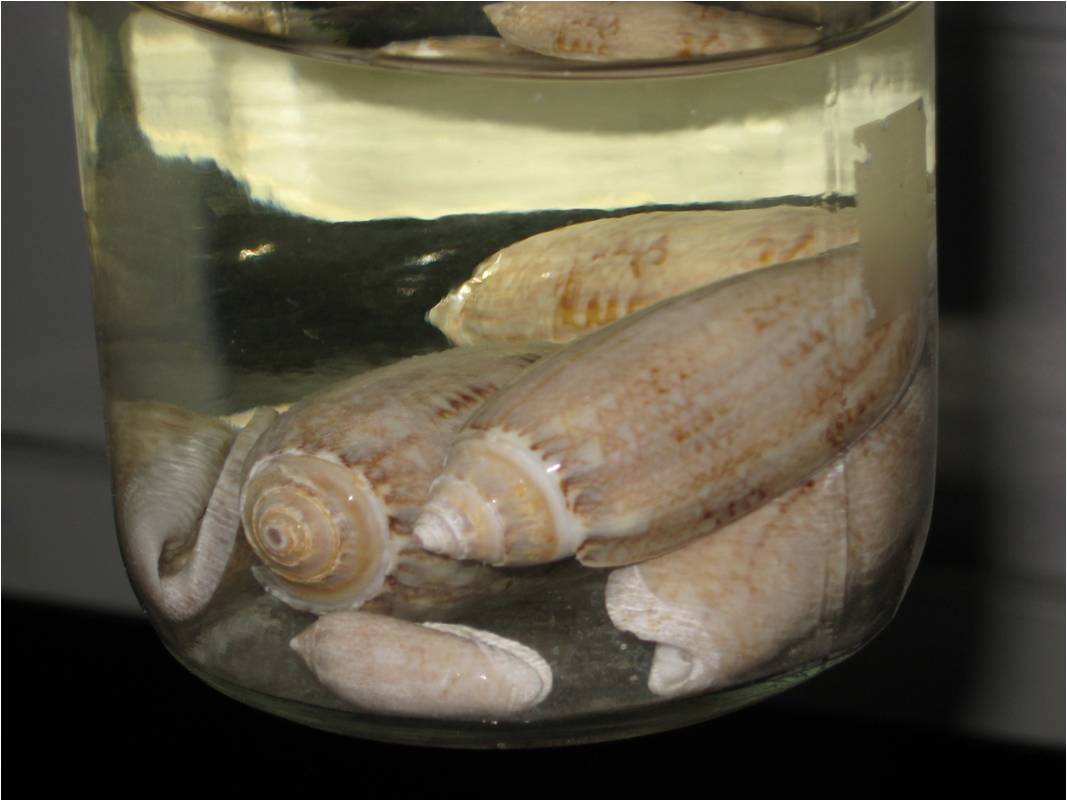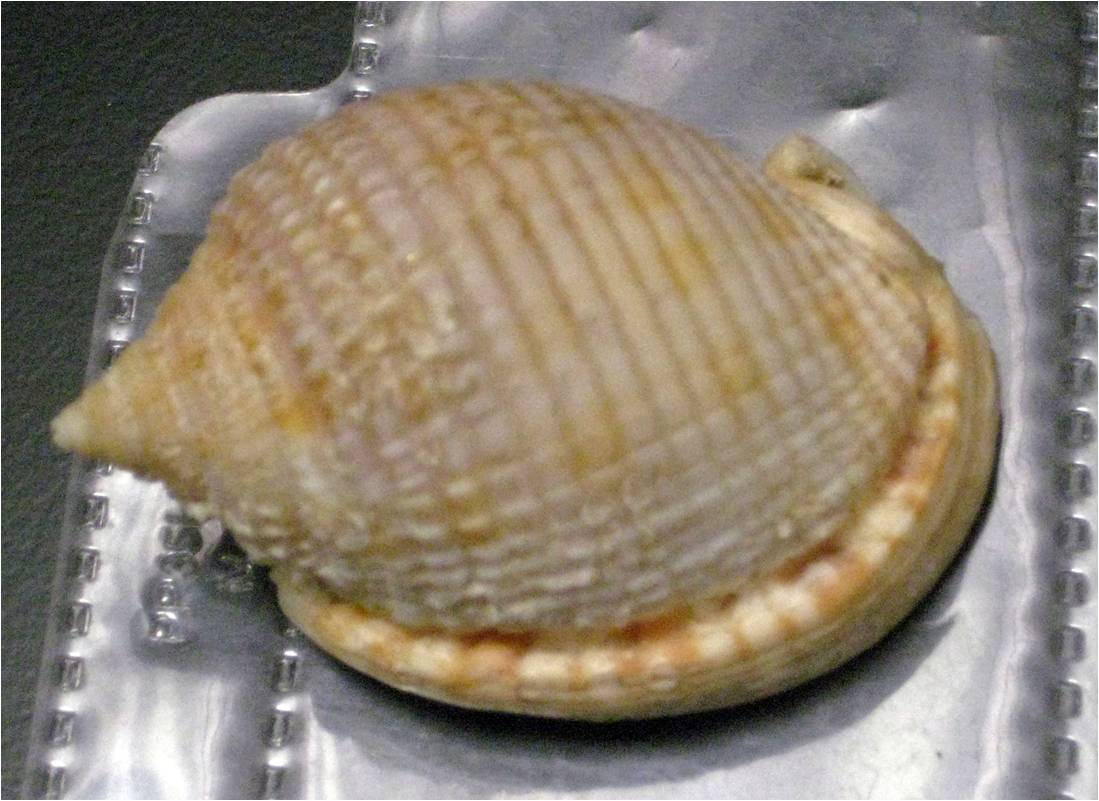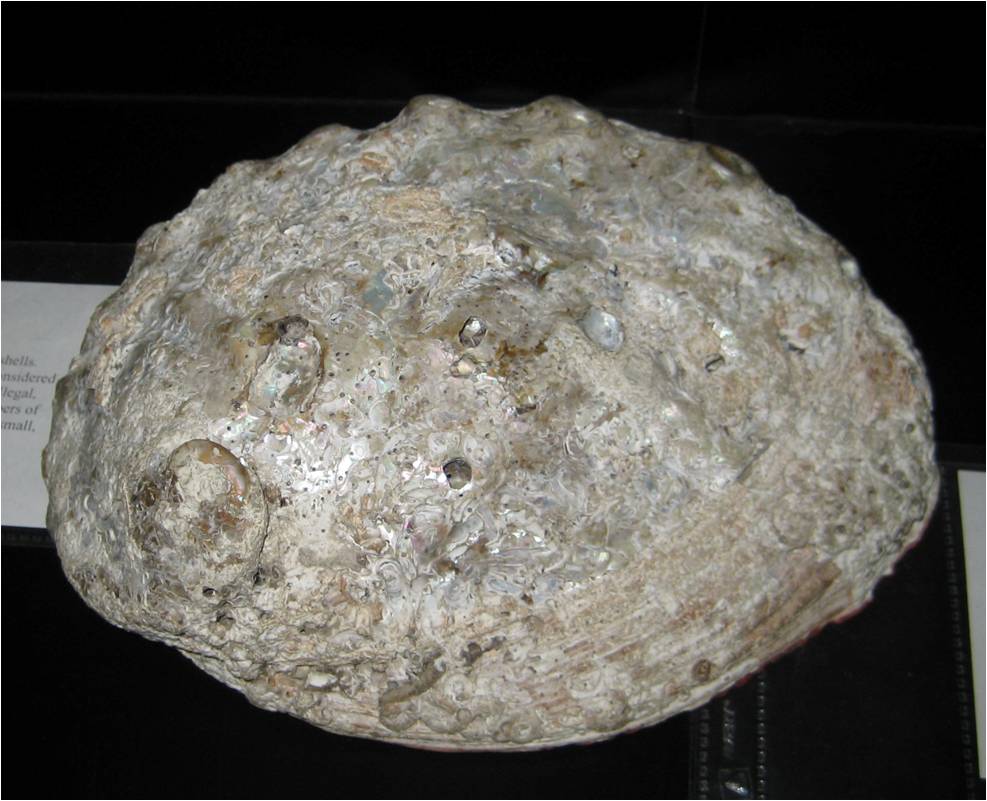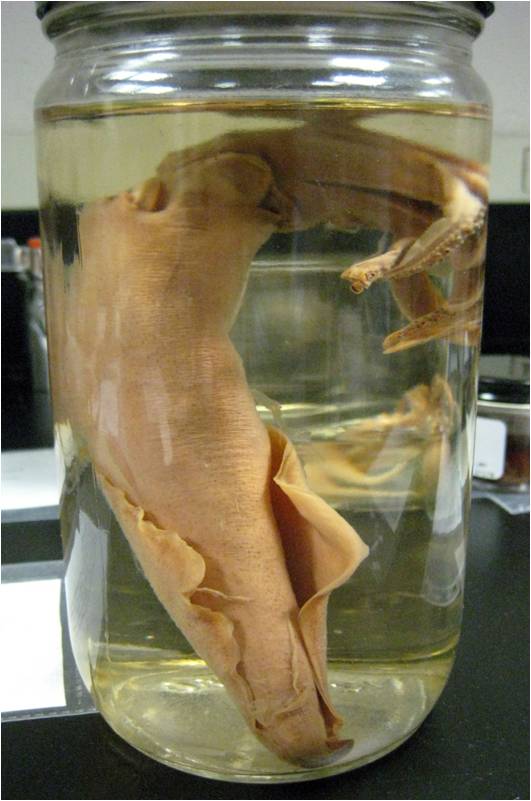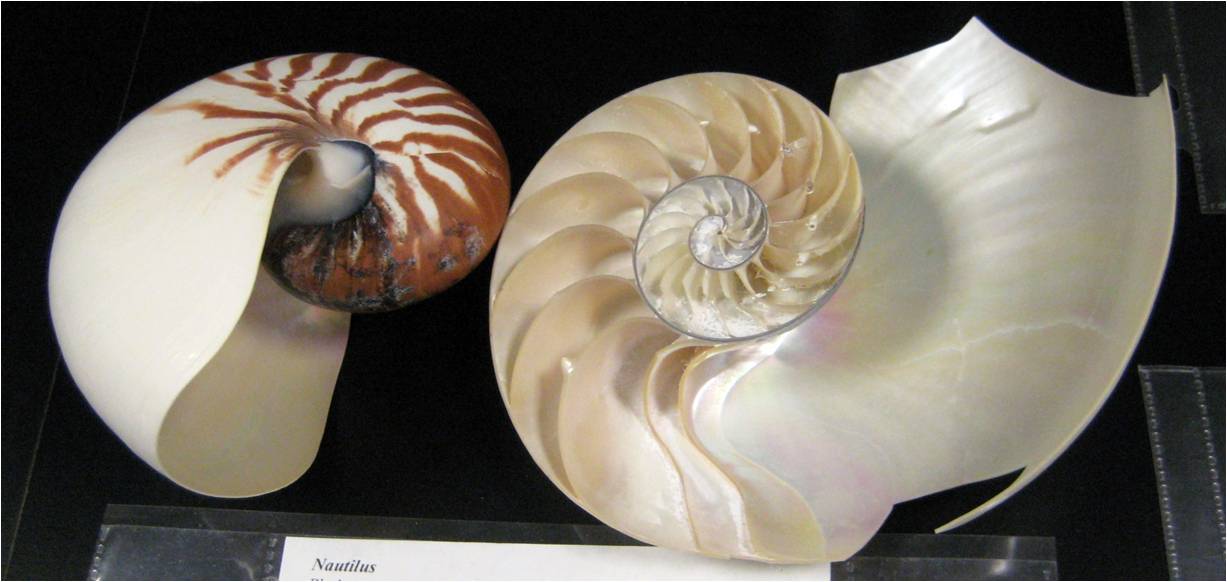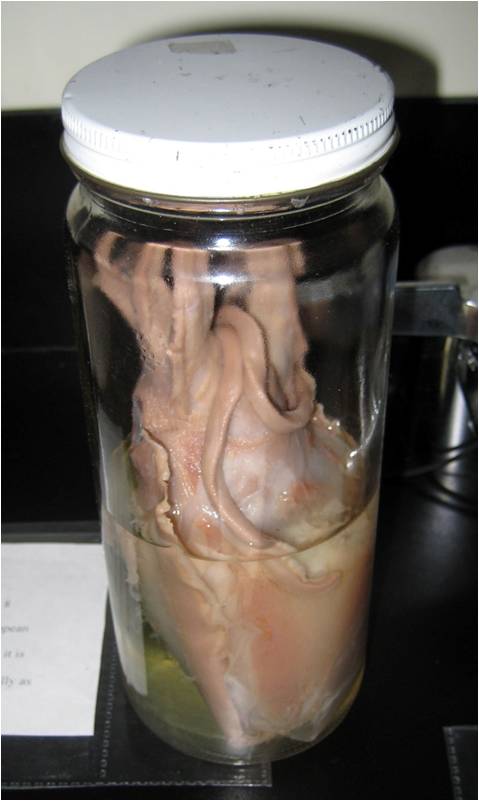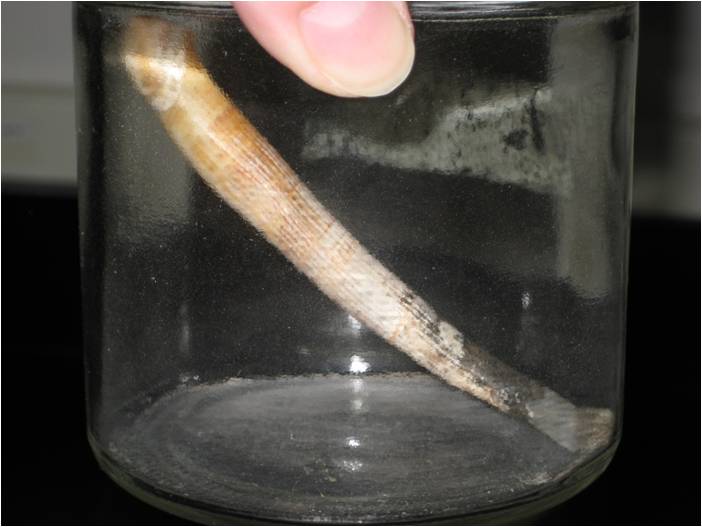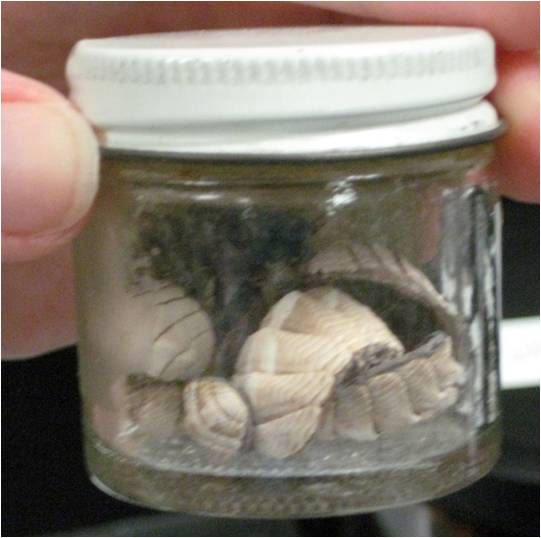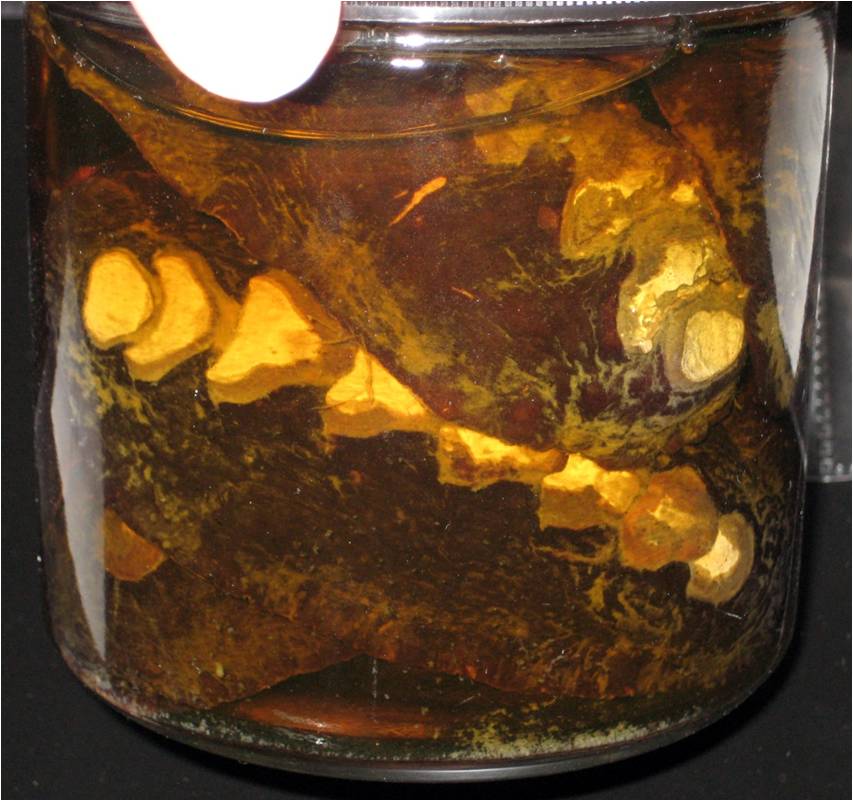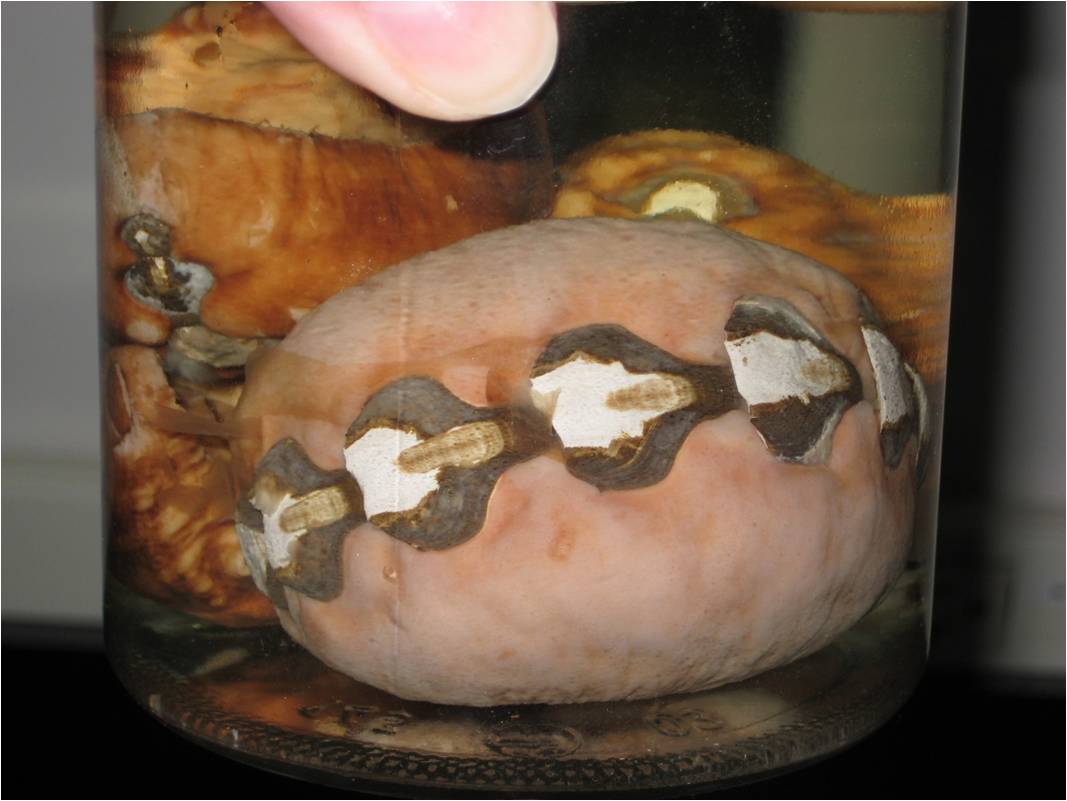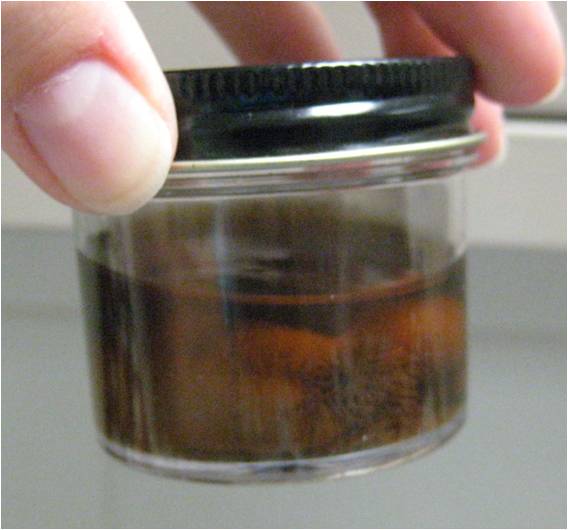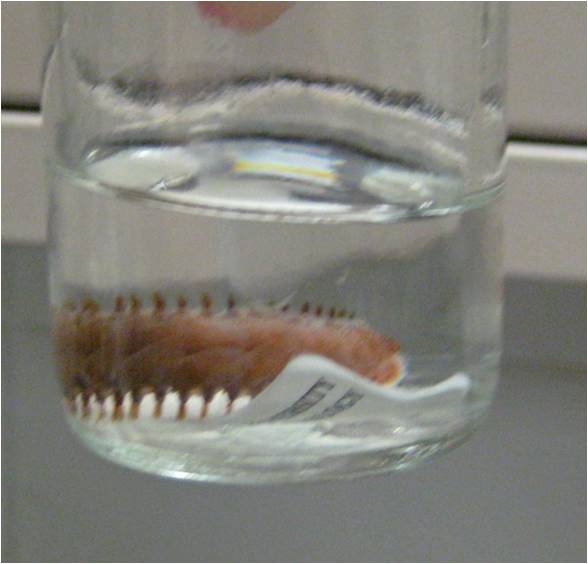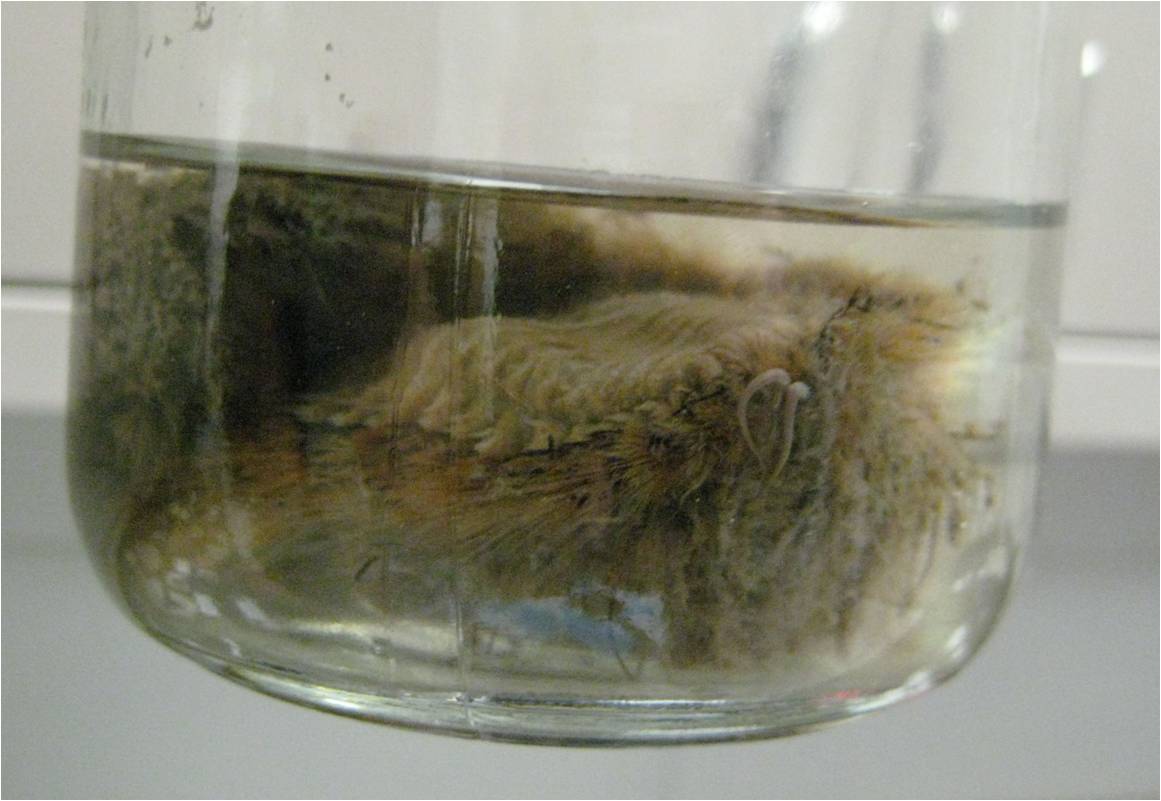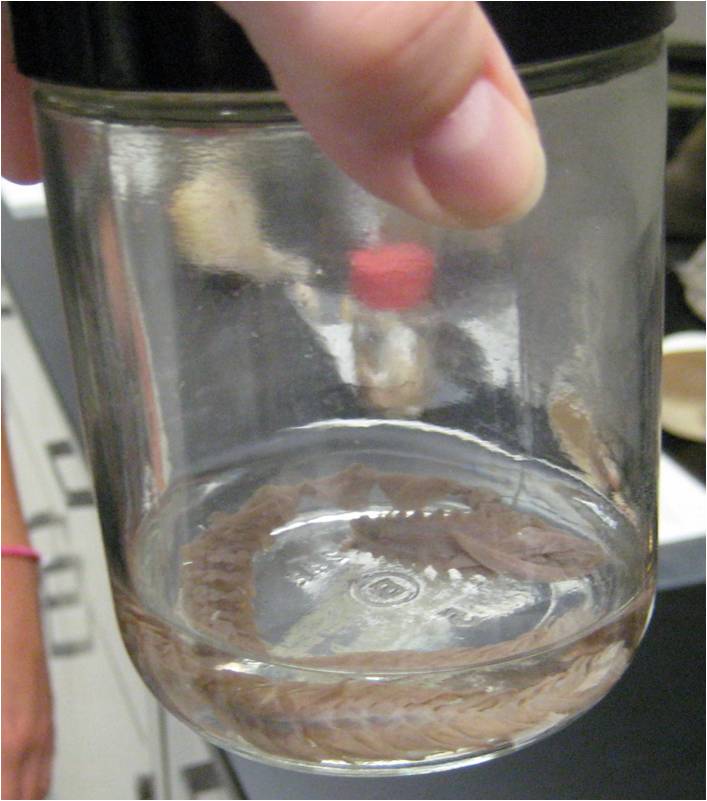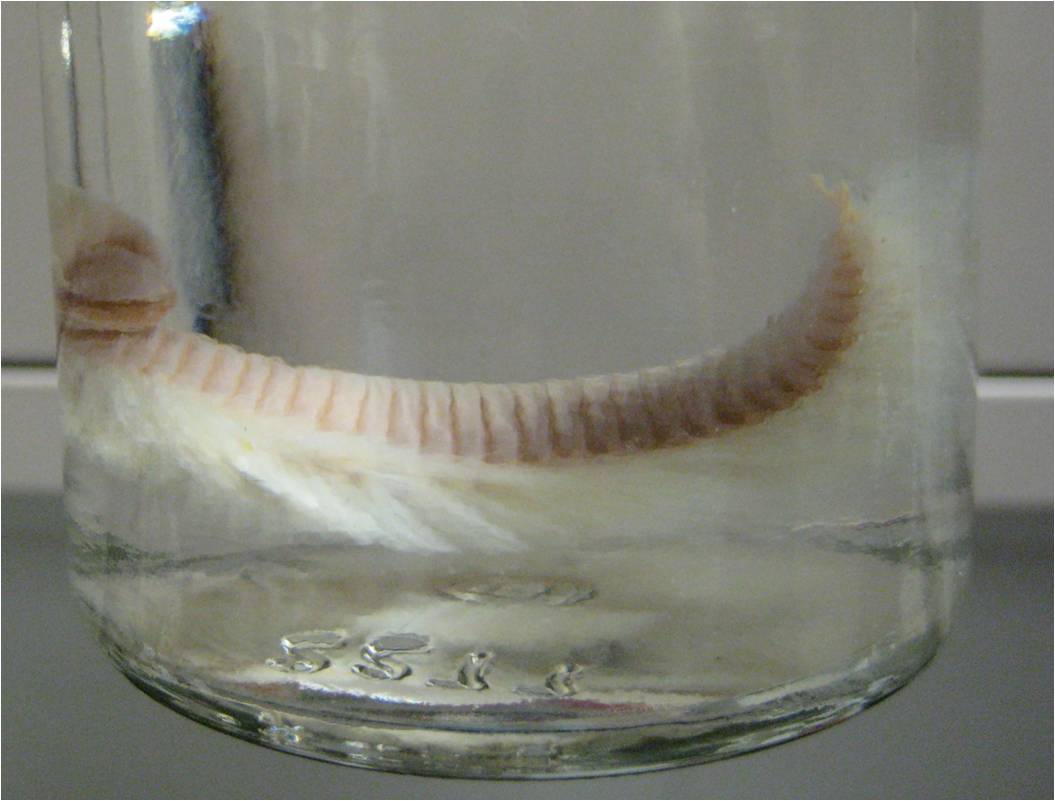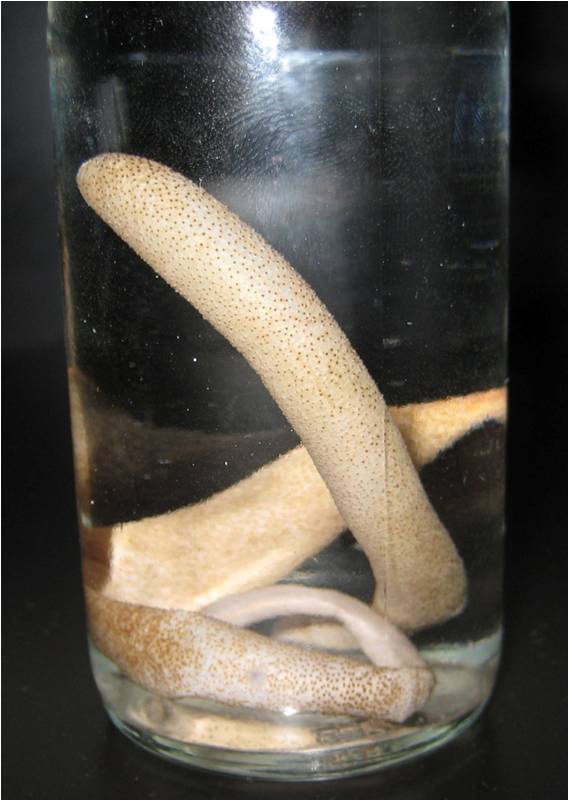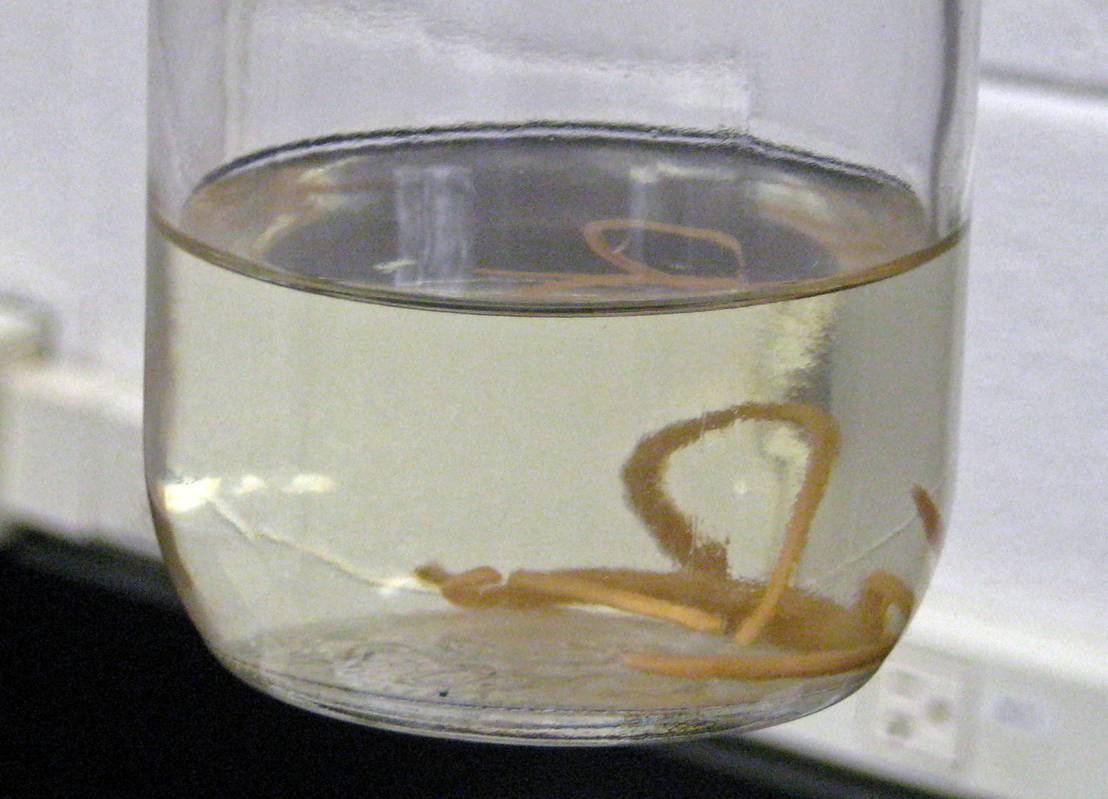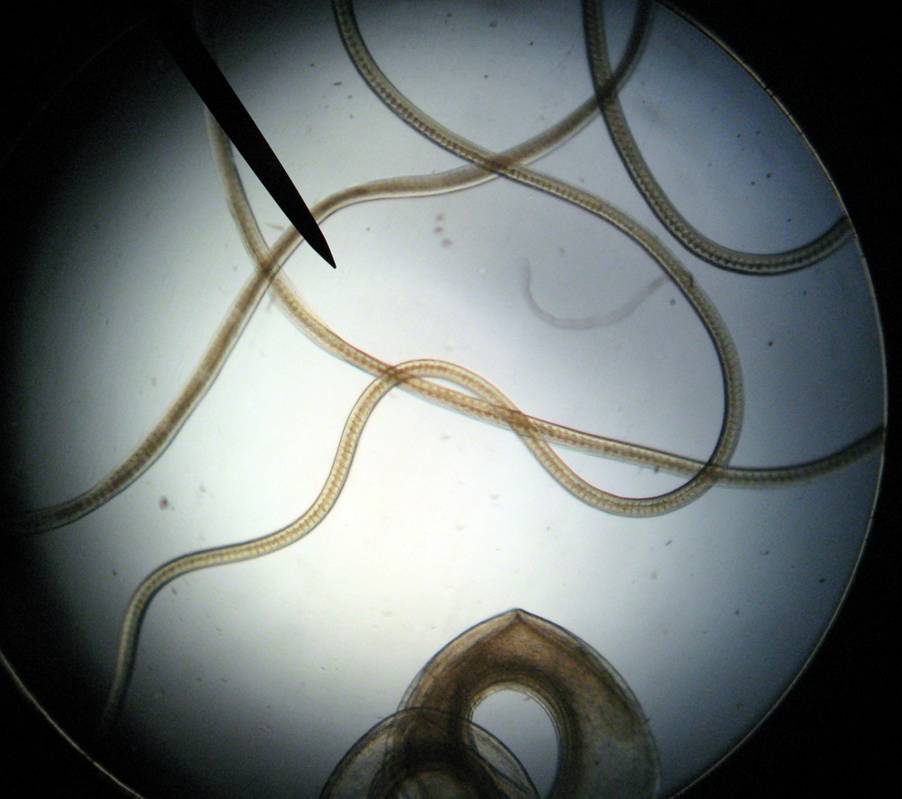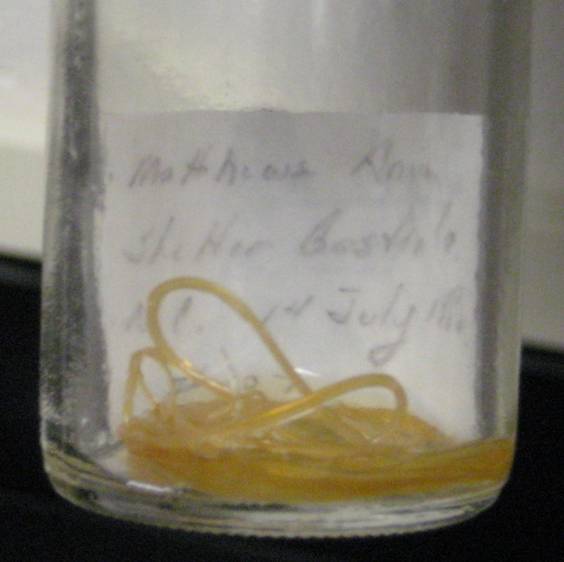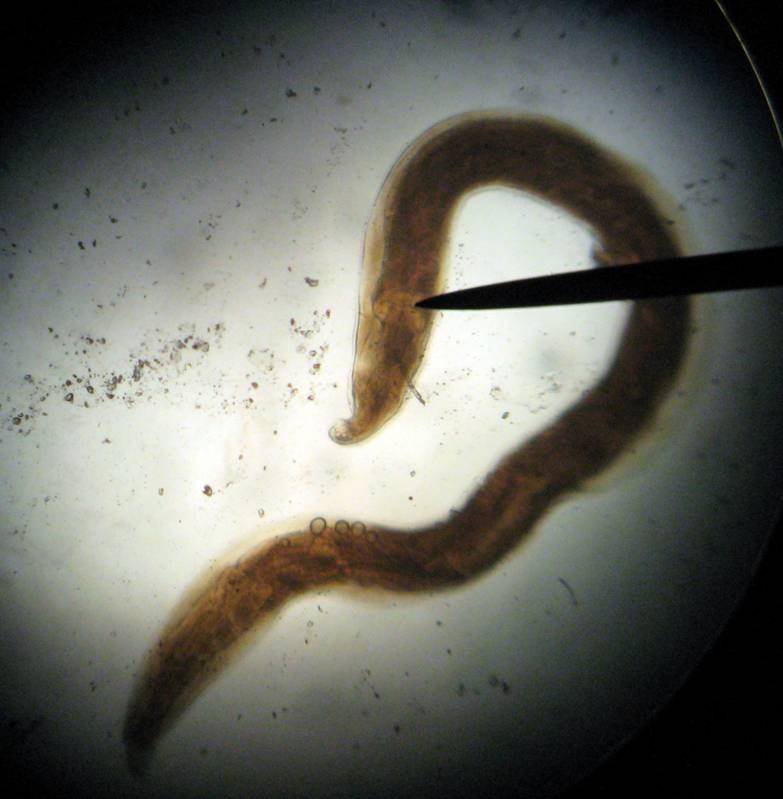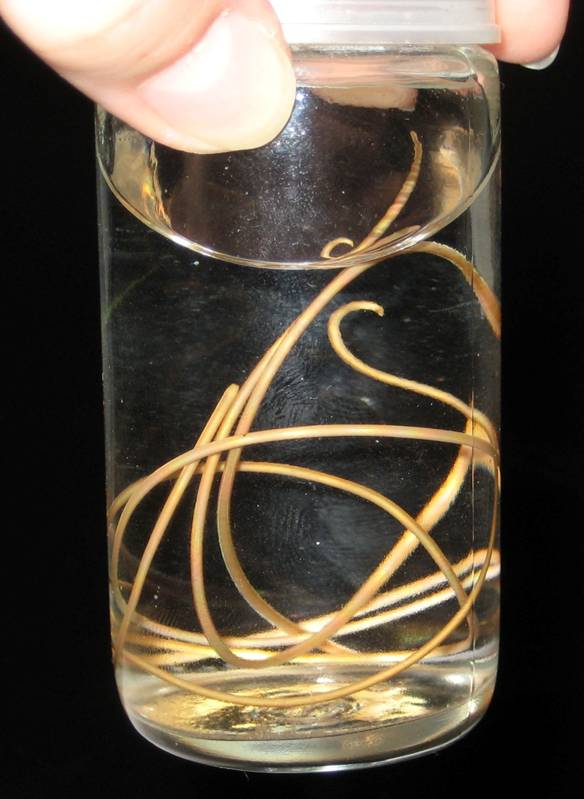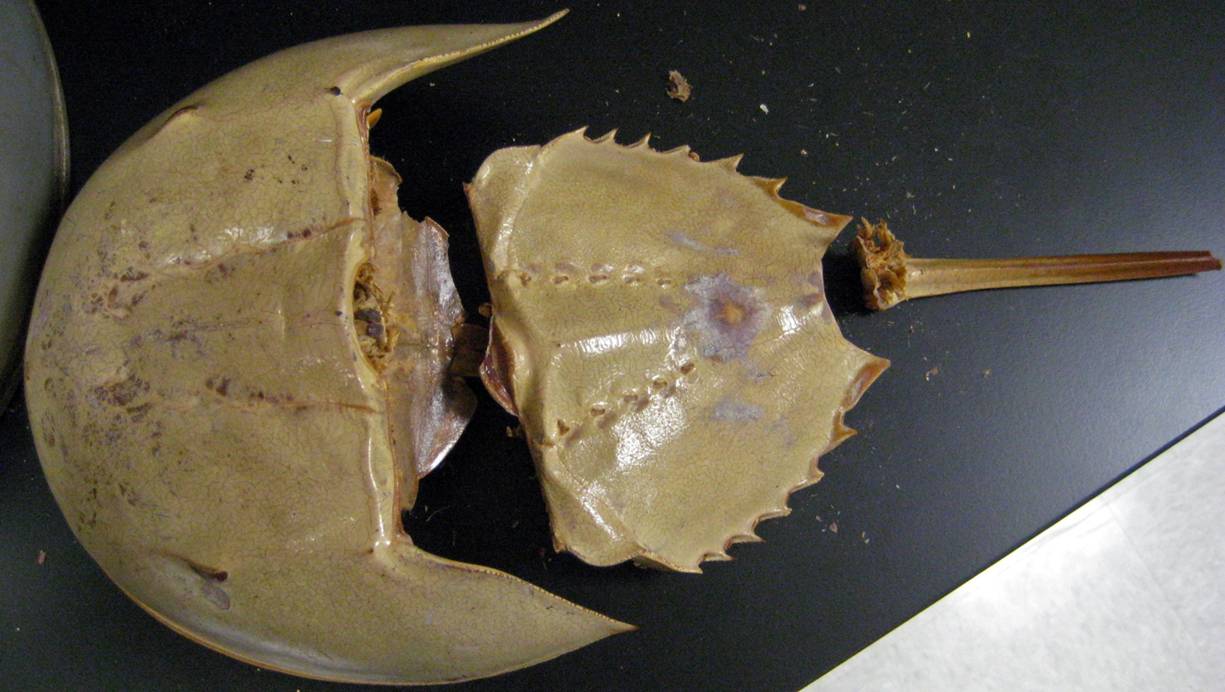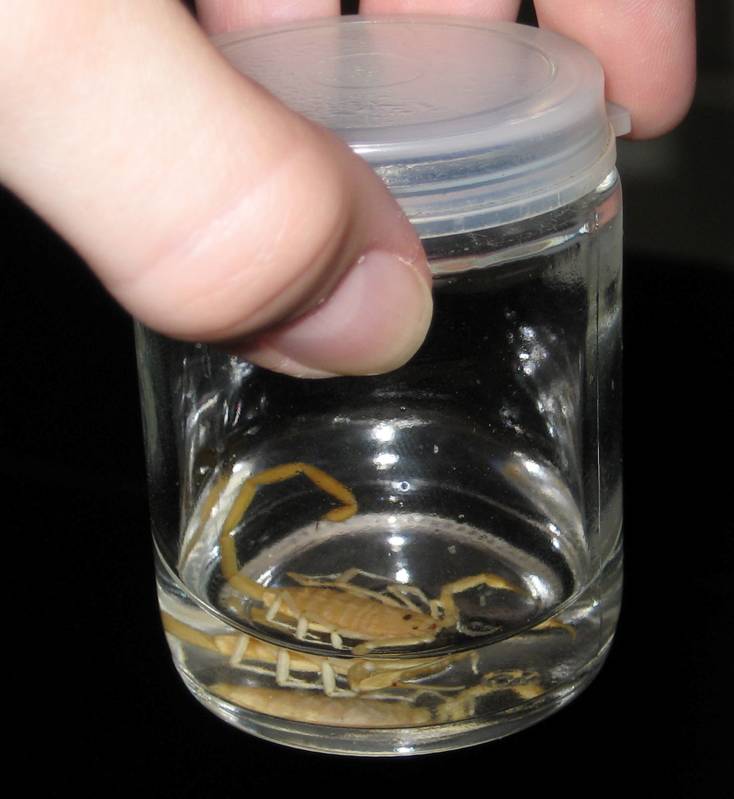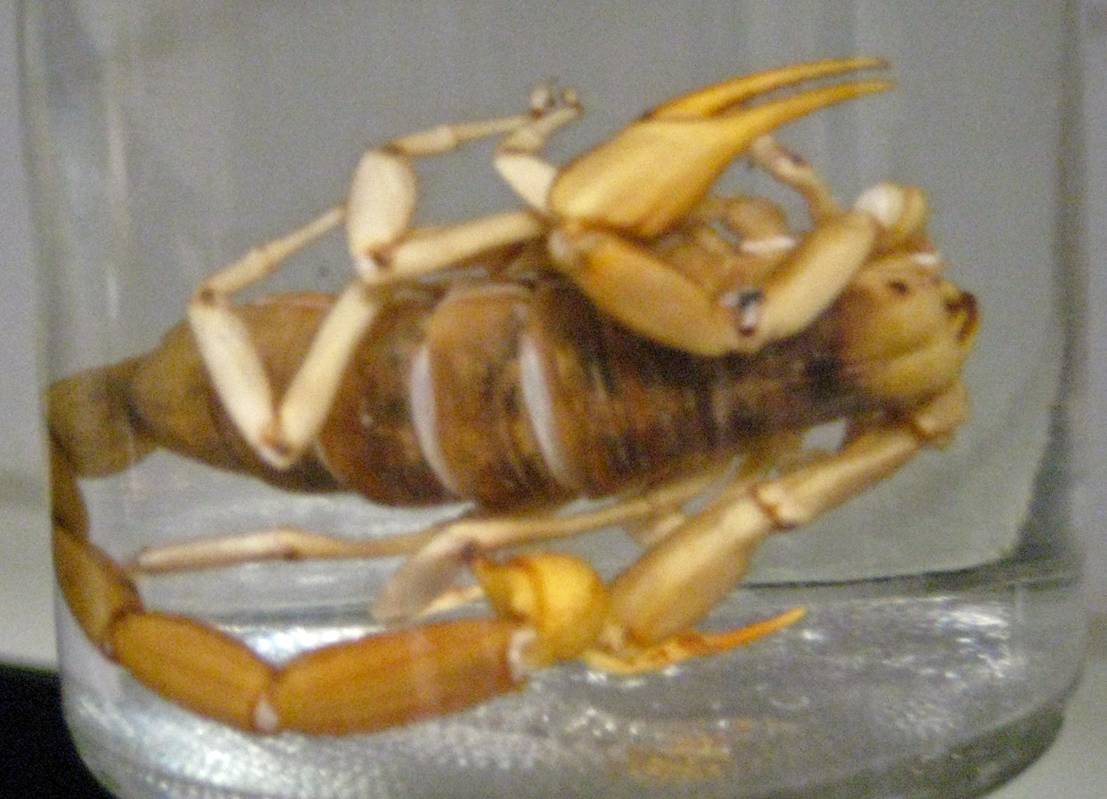Zoology Lab II - Species Recognition
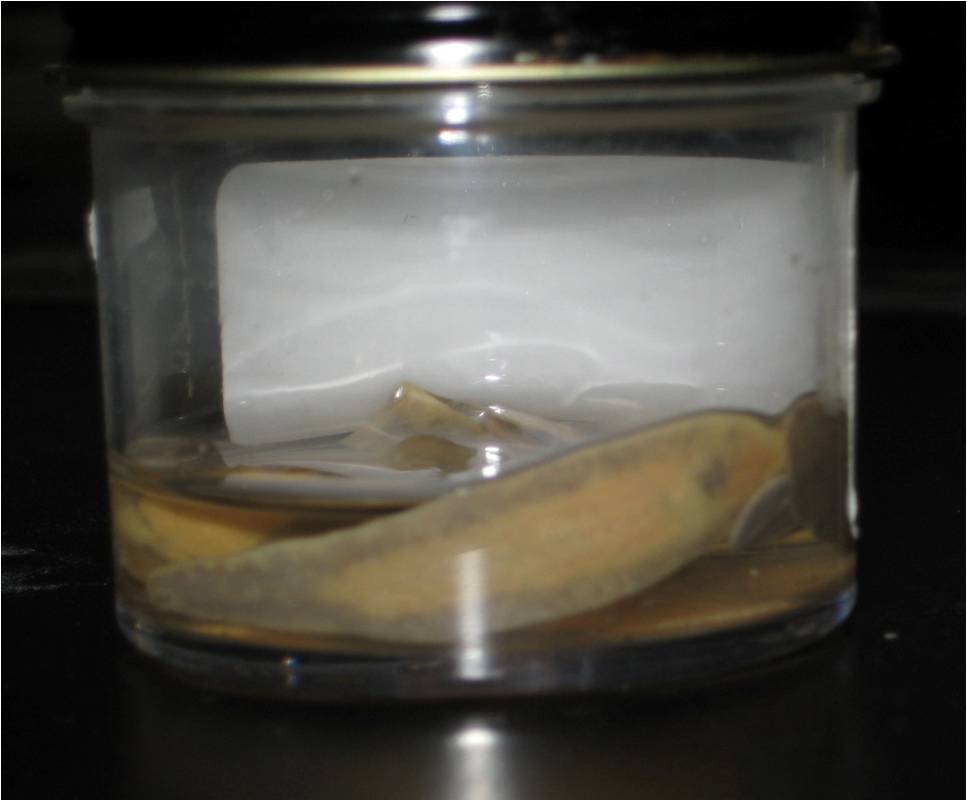
Have you ever gone into the lab for that zoology class and just wondered and confused of the many animal species in there. It feels bad to have no idea of something. This zoology lab II-species recognition quiz will definitely be of help.
Questions and Answers
- 1.
- 2.
- 3.
- 4.
- 5.
Give the Genus
Explanation
Cerebratulus is the correct answer because it is the name of a genus. In taxonomy, genus is a rank below family and above species. It is used to classify and group similar species together. Cerebratulus is a genus of marine ribbon worms, also known as nemerteans. These worms are characterized by their long, slender bodies and a proboscis used for capturing prey. Therefore, Cerebratulus is the appropriate answer for the given question.Rate this question:
- 6.
- 7.
- 8.
- 9.
- 10.Explanation
Crassostrea virginica is the scientific name for the Eastern oyster, a species of oyster native to the eastern coast of North America. This species is commonly found in estuaries and coastal waters, and is an important component of the ecosystem. The scientific name follows the binomial nomenclature system, where the genus name (Crassostrea) represents a group of closely related species, and the species name (virginica) identifies the specific species within that genus.Rate this question:
- 11.
- 12.
- 13.
Give the genus
Explanation
Busycon is the correct answer because it is the genus of the organism being referred to in the question.Rate this question:
- 14.
- 15.
- 16.
- 17.
- 18.
- 19.
- 20.
Give the genus
- 21.
- 22.
Give the genus
- 23.
- 24.
Give the Genus
Explanation
Dentalium is the correct answer because it is the name of a genus. In biology, a genus is a taxonomic rank used in the classification of organisms. It is one level below family and one level above species. Dentalium is a genus of tusk shells, which are marine mollusks. These shells are long, slender, and often resemble the shape of a tooth, hence the name Dentalium.Rate this question:
- 25.
- 26.
Give the genus
Explanation
The given answer, "Katherina," is the genus name. In taxonomy, the genus is a rank below the family and above the species. It represents a group of closely related species that share common characteristics. Therefore, "Katherina" is the correct answer for the genus.Rate this question:
- 27.
- 28.
give the Genus
Explanation
Arenicola is the correct answer because it is the name given to a genus of marine polychaete worms commonly known as lugworms. These worms are typically found in sandy beaches and are known for their ability to create burrows in the sand. The genus Arenicola includes several species of lugworms, which are important for their role in the marine ecosystem as they help to aerate the sand and provide food for other organisms.Rate this question:
- 29.
- 30.
Give the Genus
- 31.
- 32.
- 33.
Give the Phylum
Explanation
Sipuncula is the correct answer because it is a phylum in the animal kingdom. Sipunculans are marine worms that have a unique body structure, with a retractable proboscis and a cylindrical body. They are found in various marine habitats, including sandy or muddy bottoms. Sipuncula is a diverse group with over 150 species identified so far. These worms play important roles in marine ecosystems as detritivores and filter feeders.Rate this question:
- 34.
- 35.
Give the Genus
Explanation
The given answer "Trichuris" is the genus name. In biological classification, the genus is a rank below the family and above the species. It represents a group of closely related species that share common characteristics. In this case, "Trichuris" is the genus name of a group of parasitic nematodes commonly known as whipworms.Rate this question:
- 36.Explanation
Dirofilaria immitis is a parasitic worm that causes heartworm disease in dogs and other animals. It is transmitted through mosquito bites, where the larvae enter the bloodstream and eventually reach the heart and lungs. The adult worms can grow up to 12 inches long and can cause severe damage to the heart and blood vessels. Heartworm disease can be fatal if left untreated, but it can be prevented through regular use of heartworm preventatives.Rate this question:
- 37.
- 38.
give the Phylum
Explanation
Nematomorpha is the correct answer because it is a phylum of worms commonly known as horsehair worms. These worms are long and slender, usually found in freshwater environments. They have a unique life cycle where they start as parasites in insects and then emerge as free-living adults. The name "Nematomorpha" comes from the Greek words "nema" meaning thread and "morpha" meaning shape, which describes their long and thread-like appearance.Rate this question:
- 39.
Give the genus
- 40.
- 41.
Quiz Review Timeline +
Our quizzes are rigorously reviewed, monitored and continuously updated by our expert board to maintain accuracy, relevance, and timeliness.
-
Current Version
-
Mar 21, 2023Quiz Edited by
ProProfs Editorial Team -
Oct 28, 2009Quiz Created by
Youngda
- Anatomy Quizzes
- Bacteria Quizzes
- Bio Quizzes
- Biological Evolution Quizzes
- Biology Exam Quizzes
- Biology Test Quizzes
- Cell Quizzes
- Cell Biology Quizzes
- Chapters Of Biology Quizzes
- Classical Conditioning Quizzes
- Conservation Biology Quizzes
- General Biology Quizzes
- Immunology Quizzes
- Macromolecule Quizzes
- Marine Biology Quizzes
- Microbiology Quizzes
- Mitosis And Meiosis Quizzes
- Molecular Biology Quizzes
- Parasitology Quizzes
- Physiology Quizzes
- Prokaryote Quizzes
- Protist And Fungi Quizzes
- Protozoa Quizzes
- Respiratory Quizzes
- Spine Quizzes
- Stem Cell Quizzes
- Taxonomy Quizzes
- Traits Quizzes
- Ultimate Biology Quizzes
- Virus Quizzes
 Back to top
Back to top



